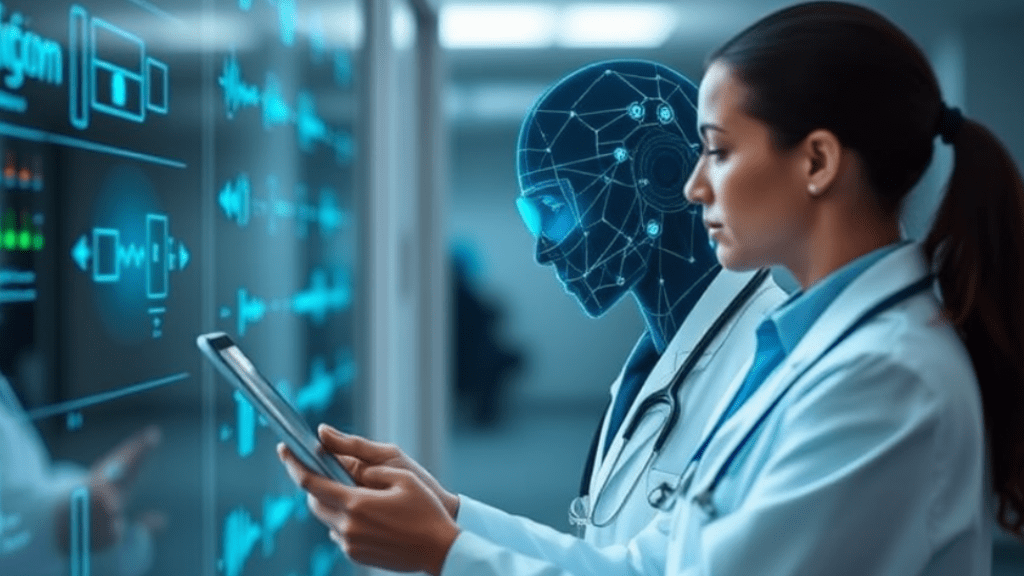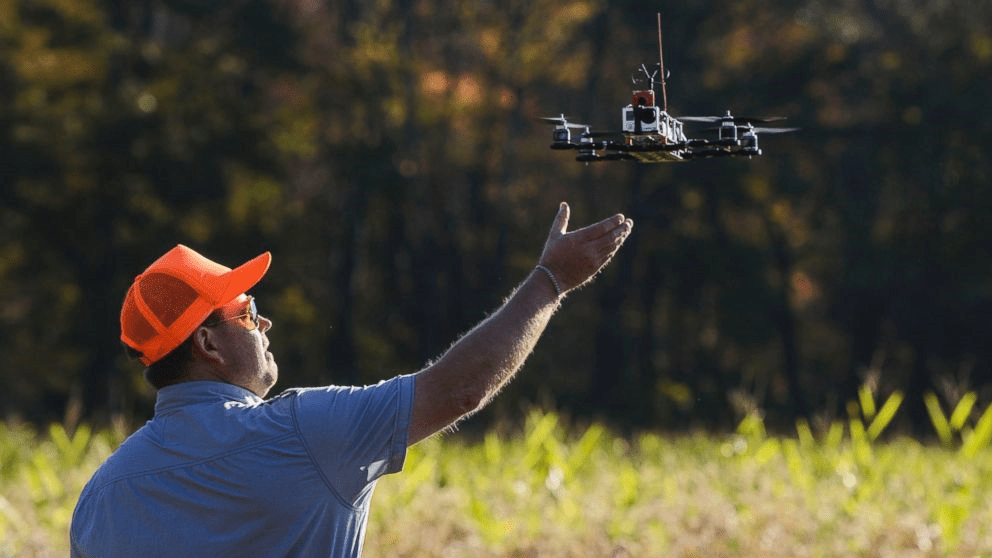
The Digital Doctor is In: AI and Telemedicine Redefine Healthcare
The healthcare industry is undergoing a seismic shift fueled by artificial intelligence (AI) and telemedicine.

When new technology arrives in the market and is gradually deployed in a workplace, it changes how people do their jobs.
Workplace Automation is a megatrend influencing most business sectors. Organizations are now familiar with automation and robotic assistances in the workplace, and some reports even claim that automation technology could take over 800 million jobs by 2030.
Drones are no exception, as they are now being used for everyday operations in various sectors. But unlike the emergence of modern-day technologies, drone technology has a more corresponding relationship with humans.
Rather than having human activities replaced, drone technology is expanding its capabilities and enhancing shared intelligence. The current real-time augmentation stage is one way to look at how drones and humans work together today. Another way is to look into the future where more significant augmentation will prevail, with lesser human interaction.
Drone Augmentation
We’re now already at the augmentation stage where drones are effectively complementing and broadening our abilities:
-Drones are extensively utilized to inspect or monitor target-specific locations and structures that are otherwise difficult for humans to access without chances of risk. So in terms of safe human operation or maneuvering, drones sure top the list.
-Emergency services can make optimum use of drone technology today. In cases of life and death scenarios, drones are used for fire services to assess burning structures or as lifeboat services as a way of searching during nighttime rescues.
-Drones can provide invaluable services to support natural disaster relief efforts. Drones having thermal imagery can be used to detect, locate, and rescue survivors or even assist rescuers and analysts in determining the location where people have lost their shelters and are in need of one.
Drones and self-sufficiency
The subsequent emphasis emerges as drones being self-sufficient—or simply put—drones being able to see and fly independently and intelligently. This gives us a possibility that drones will eventually have much more prominent roles to play, with little to no human need for interaction.
Upgrades in the future will incorporate AI for obstacle avoidance and geofencing, which means robots can be customized or programmed to avoid pre-set spatial coordinates.
In terms of self-sufficient drone technology, several uses prevail in today’s workplace. For instance, Amazon and several other retailers are testing drone delivery approaches that could possibly replace van drivers to do last-mile deliveries.
As drone technology advances in autonomy, the jobs that people have will likewise develop. Future tasks will include repair, maintenance, service, programming, and piloting of drones. Human work will be redirected to creating value from drone data collection outcomes, such as modeling, surveys, and analysis. As a result, displacement rather than a replacement may most likely happen in the future drone ecosystem. But while the advancements take time to develop, the opportunities put forth in a drone-augmented environment are plentiful.

The healthcare industry is undergoing a seismic shift fueled by artificial intelligence (AI) and telemedicine.

The healthcare and pharmaceutical sectors are navigating a transformative period, with technological advancements reshaping patient care, operational efficiencies, and strategic growth.

In the world of business, financial wizards wave their wands to conjure profits and success. But behind every great money magician …

Insurtech is not just making waves in the insurance industry—it’s rewriting the rulebook. As technology-driven startups disrupt …